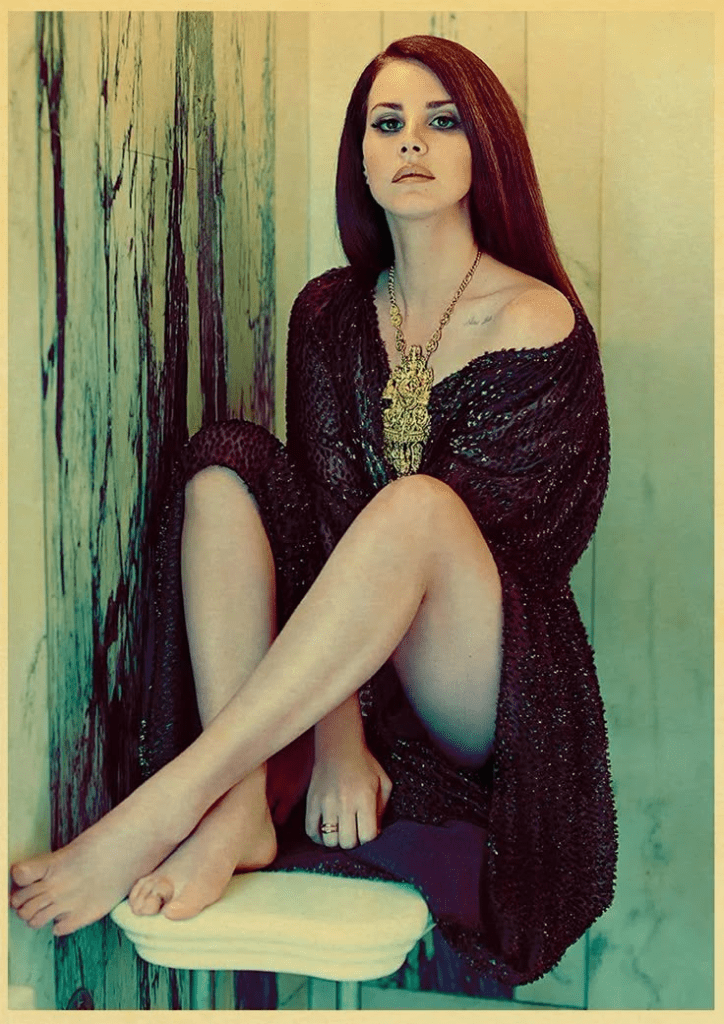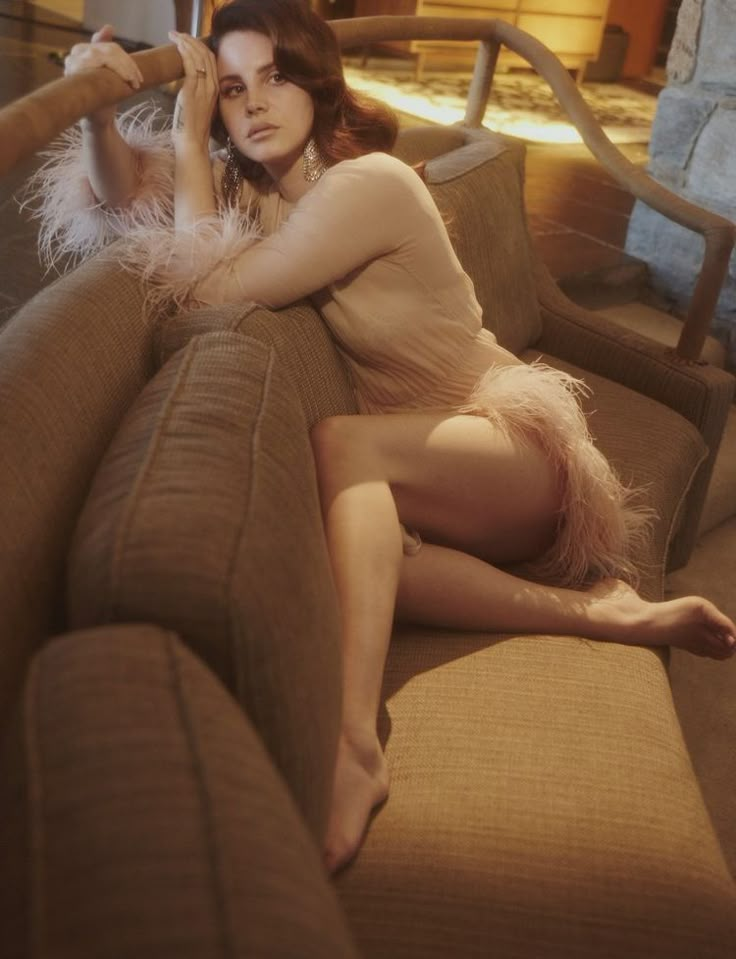
We present a detailed exploration of Lana Del Rey’s biography, life, career, and present impact on contemporary culture. From her early beginnings as a budding singer-songwriter to her status as a revered international figure, Lana Del Rey has carved a distinct identity in a highly competitive music scene. Her thematic focus on love, loss, and American iconography has earned her a devoted following and critical acclaim. In this article, we delve into her formative experiences, notable works, and ongoing relevance, offering a thorough examination of one of the most intriguing artists of our time.
Lana Del Rey, born Elizabeth Woolridge Grant, spent her youth in Lake Placid, New York. We note that she was raised in a creative environment that encouraged curiosity and expression. Even as a child, she was captivated by literature, classic films, and the nuances of language, a fascination that would later inform her songwriting. She honed her vocal skills by participating in church choirs and school performances, laying the groundwork for a future in music.
Her teenage years were marked by a growing interest in poetry and a strong desire to explore artistic possibilities. She began writing her own songs, drawing upon the haunting beauty of her surroundings. The decision to move to New York City for higher education expanded her cultural horizons. Studying philosophy at Fordham University, she gained insights into human nature that she would weave into her music. This fusion of academic curiosity and creative aspiration shaped the introspective style for which she would become known.

Her debut album, Born to Die (2012), solidified her position as a formidable new talent. The record featured lush orchestral elements, trip-hop beats, and her signature languid vocal style. Themes of romance, darkness, and American cultural imagery permeated each track. Despite polarizing reviews from some critics, the album achieved notable commercial success and sparked a fervent global fan base. We see Born to Die as an audacious statement of intent, one that introduced Lana Del Rey as a voice unafraid to challenge conventional pop norms.
Following the success of her debut, Lana Del Rey continued to evolve as an artist. She released Ultraviolence (2014), a departure from the lush production of her previous work. Collaborating with producer Dan Auerbach of The Black Keys, she embraced a more guitar-driven, raw sound. We note that the album’s darker, introspective tone was met with acclaim, further establishing her as an artist capable of reinventing herself while maintaining a cohesive aesthetic.
In 2015, she unveiled Honeymoon, a project that revisited orchestral grandeur and cinematic flourishes. The album served as a testament to her enduring fascination with themes of longing and timeless romance. She experimented with jazz-inflected elements, and her vocals soared over atmospheric instrumentals. This period underscored her versatility and demonstrated that Lana Del Rey was more than a fleeting phenomenon; she was an artist committed to deepening her craft.

Lana Del Rey’s visual identity plays a crucial role in her artistry. We observe that her music videos often weave together retro glamour, filmic references, and symbolic imagery. By combining nostalgic aesthetics with contemporary production techniques, she crafts narratives that are both intimate and expansive. This approach resonates powerfully with audiences who appreciate immersive storytelling experiences.
Her stage persona, characterized by a sultry mystique and vintage-inspired fashion, further amplifies the mood of her music. She frequently dons classic silhouettes and references 1960s styles, reinforcing the sense of timelessness that defines her brand. Through this deliberate cultivation of an iconic image, she has set a precedent for how modern musicians can use visual themes to deepen the impact of their sound.
Throughout her career, Lana Del Rey has collaborated with a wide range of artists, including The Weeknd, Sean Lennon, and Stevie Nicks. Each collaboration has highlighted a different facet of her musical sensibility, from modern R&B undertones to classic rock influences. We underscore the significance of these partnerships, as they reveal her adaptability and willingness to explore new creative territories.
